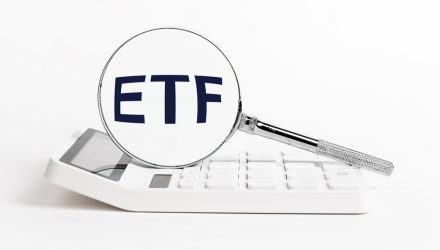When it comes to investing in exchange traded funds, low costs have been a great metric that many investors have focused on.
“It’s the only consumer product where there is an inverse connection between quality and cost,” Christine Benz, director of personal finance and retirement planning at Morningstar, told CNBC.
“Choosing low fees is the best way to stack the deck in favor of choosing a good fund,” Benz added. “The single most reliable data point we have for performance is the fund expense ratio.”
Over time and through the effects of compounding, low fees or expense ratios on ETFs can help provide investors with higher returns. This has also been a factor dragging down the long-term performance of many actively managed mutual fund strategies that issue high management fees, which have caused the investments to slightly underperform their benchmarks. According to the S&P Indices Versus Active Scorecard, 79% of active funds underperformed the benchmark S&P 500 Index, and the average active fund has fallen behind the S&P 500 for 12 consecutive calendar years.
The annual fees paid on ETFs are known as the expense ratio, which is calculated as a percentage of fund assets.
The average expense ratio for all mutual funds and ETFs was 0.40% in 2021, according to Morningstar data. The average fee on passive funds was 0.12%.
Most ETFs are simple passive or index-based investment strategies that are not hard to manage, which is why they come with such low fees. For example, the SPDR S&P 500 ETF Trust (SPY) has a low 0.095% expense ratio.
While investors can turn to more costly actively managed fund strategies, it is important to find skilled managers who offer the most bang for your buck. The average cost for active funds was around 0.60%.
“If I’m going spend on an expense ratio, it will be in a part of the market where a manager’s expertise can improve my odds,” Doug Boneparth, a certified financial planner and founder of Bone Fide Wealth, told CNBC.
